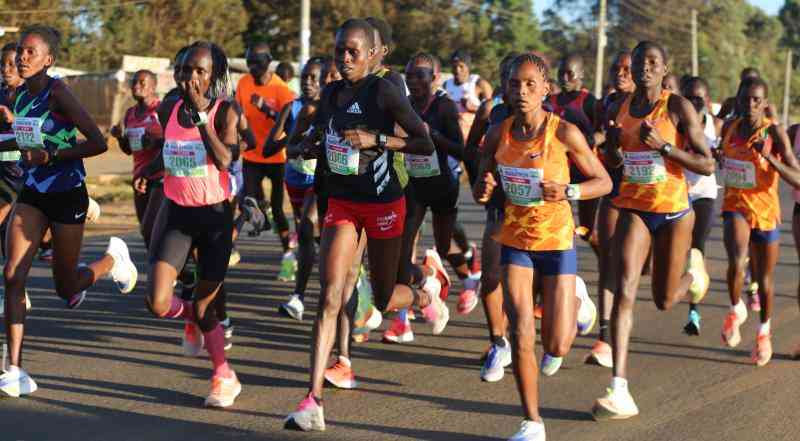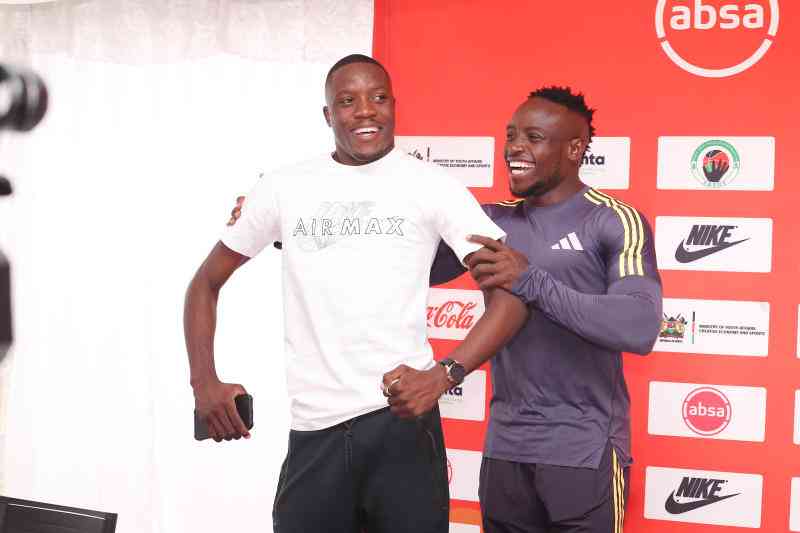With the General Elections just two weeks away, both Jubilee and NASA strategists face a nightmare as they seek to break down the numbers, work out on any possibilities and trends that may tilt the presidency in their favour and win in the first round.
Supported by statistics from latest opinion polls and the results of the 2013 elections where President Uhuru Kenyatta got 6,173,433 votes against his chief opponent Raila Odinga’s 5,340,546, the two will face destiny again in a do or die contest that will eventually guarantee one the victory.
Currently, President Uhuru Kenyatta holds an edge based on statistics released by IEBC, which prophesied the August poll to be a dead heat in the Jubilee-NASA presidential contest.
What is disturbing is the fact that either side knows getting the 50 per cent plus one vote is a daunting challenge and what was one party’s stronghold may not necessarily hold today, which has forced Jubilee and NASA leaders to go into either sides strongholds to seek that undecided vote that may push them to that magical 50 per cent plus one vote.
On this front, Jubilee’s strategy of using #Get5VotesForUhuruto in quest to reach out to undecided voters is gaining momentum both online and on the ground. The Opposition is yet to counter that move. It’s an initiative by Jubilee supporters aiming to reach out to five of their friends who are yet to make up their minds. Jubilee supporters have vowed to conduct a door-to-door campaign for the President, in a move that is aimed at converting the nearly 10 per cent of voters who have told pollsters they are not sure who they will vote for as president.
Some supporters have listed some of the key reasons why they are undecided and it is this that the ruling coalition is basing on to lure this group of voters, mainly youth who may be taking part in their first election and are not convinced by past history or trends.
Whereas President Uhuru Kenyatta has based his campaign on his development record, the Opposition has been keen to paint their government as untrustworthy saying Kenya is in worse state that it was in 2013, though there has been no evidence adduced to qualify NASA’s stand.
This thus shifts the focus to the to swing zones with the regions considered to hold the key to who will become President in August being Maasai, Kisii, parts of the Coast (Lamu) and North Eastern Kenya. Strategists believe the Jubilee party has made inroads in perceived Opposition strongholds and President Uhuru Kenyatta will make forays and deliver his “Tano Tena” campaign.
Observers from the last elections have confirmed that President Uhuru Kenyatta edged out NASA’s Raila Odinga on voter turnout alone in 2013. This is why Jubilee has spared no expense in its campaign to visit every corner of the country and urge the voters to turn out in large numbers and hope there will be voters’ apathy in NASA’s strongholds. The fact is whoever will win the presidential race will have to depend on how many voters actually come out to cast their ballots.
If statistics from the Independent Electoral and Boundaries Commission (IEBC) are to go by and Jubilee and Nasa were to each maintain the lead in counties they won in the 2013 presidential vote, with same voter turnout margins, then President Kenyatta will be assured of victory on August 8. That will mean that Jubilee will start off the vote tallying knowing it has 7.4 million votes over the Odinga team’s 7.0 million. Then the two sides have to fight for the remaining 4.5 million votes.
It is not the President that will be voting, but the 19.6 million Kenyans who are divided on whether to grant incumbent President another five year term based on what he has done and intends to do during that tenure or go with the Opposition, who have shared NASA’s manifesto.
 The Standard Group Plc is a
multi-media organization with investments in media platforms spanning newspaper
print operations, television, radio broadcasting, digital and online services. The
Standard Group is recognized as a leading multi-media house in Kenya with a key
influence in matters of national and international interest.
The Standard Group Plc is a
multi-media organization with investments in media platforms spanning newspaper
print operations, television, radio broadcasting, digital and online services. The
Standard Group is recognized as a leading multi-media house in Kenya with a key
influence in matters of national and international interest.
 The Standard Group Plc is a
multi-media organization with investments in media platforms spanning newspaper
print operations, television, radio broadcasting, digital and online services. The
Standard Group is recognized as a leading multi-media house in Kenya with a key
influence in matters of national and international interest.
The Standard Group Plc is a
multi-media organization with investments in media platforms spanning newspaper
print operations, television, radio broadcasting, digital and online services. The
Standard Group is recognized as a leading multi-media house in Kenya with a key
influence in matters of national and international interest.








